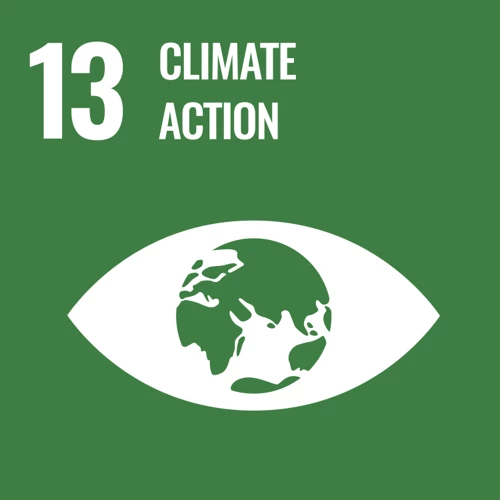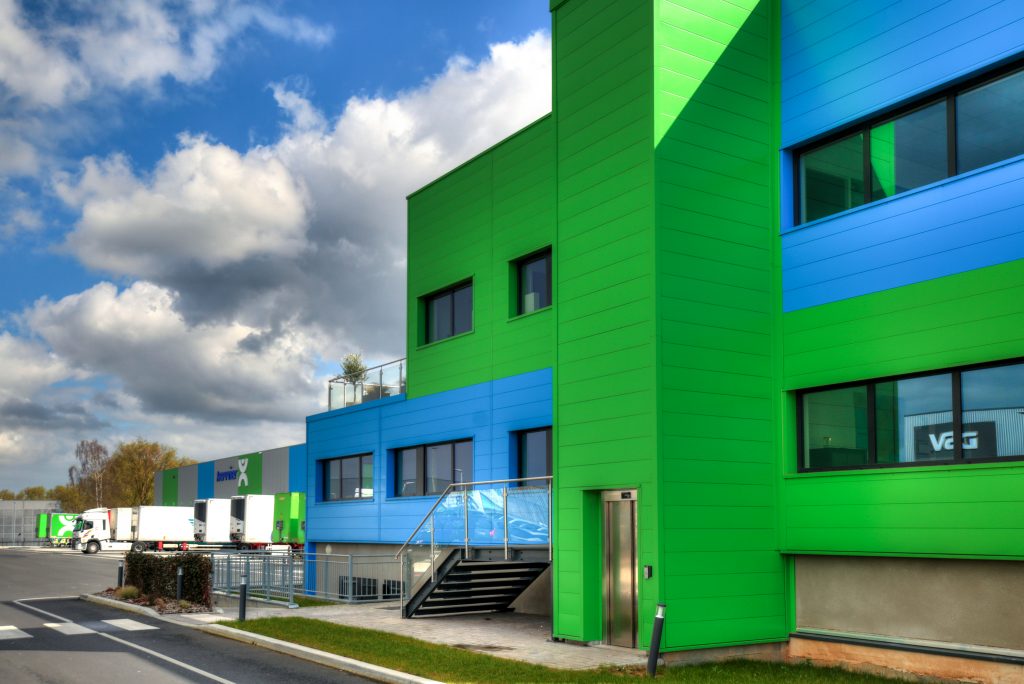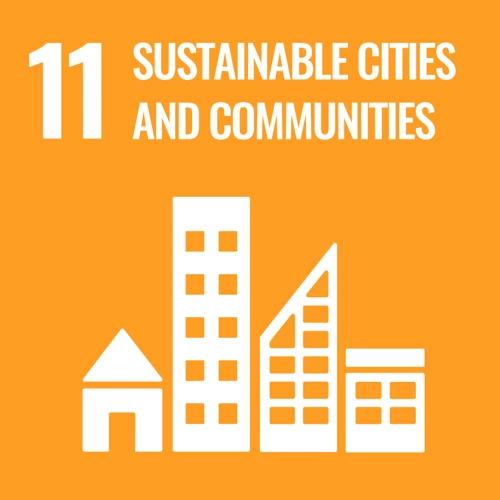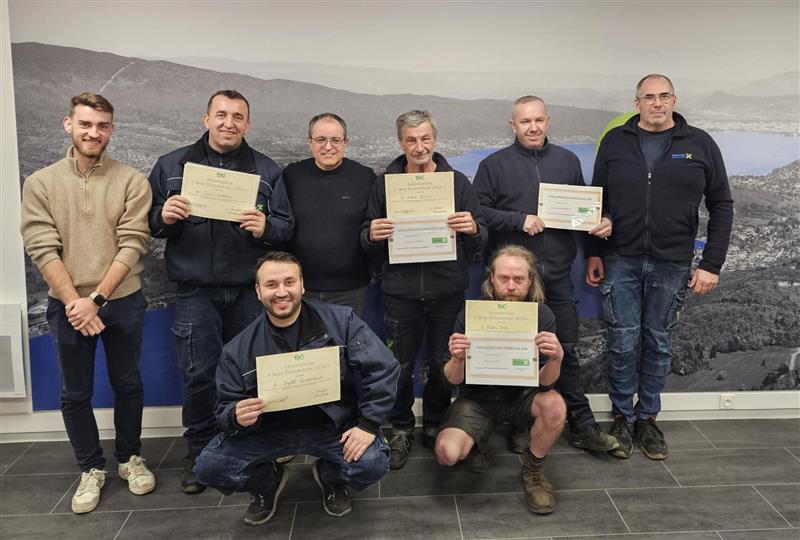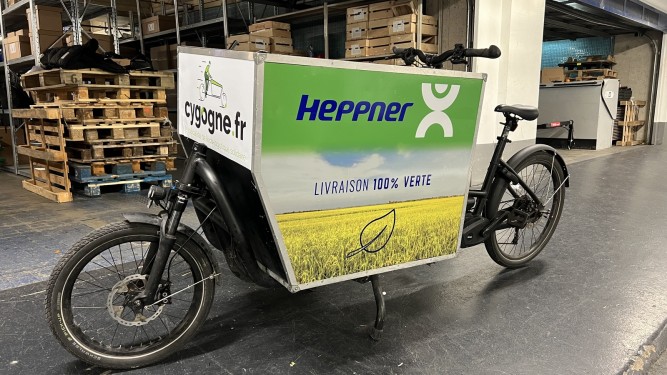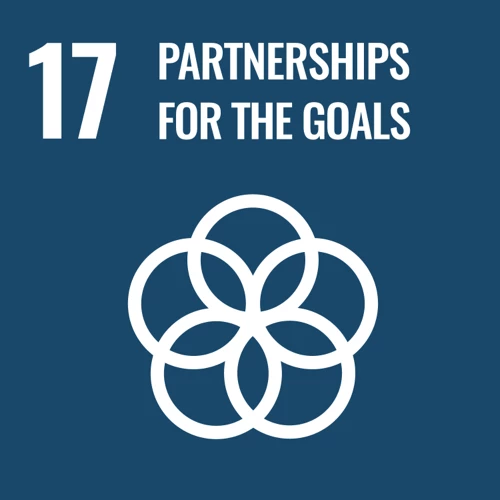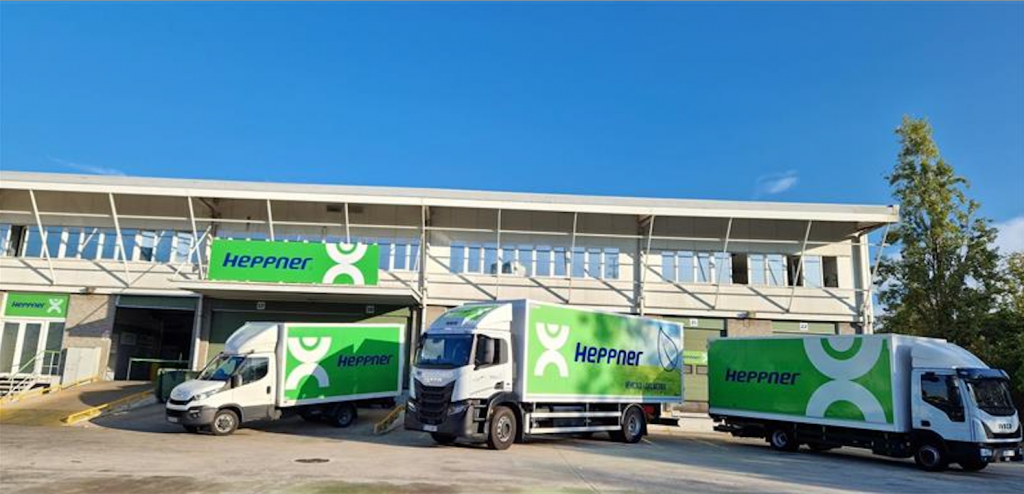You have been developing the energy transition pact for Heppner since 2019. Where is it still relevant?
Energy transition is one of the Heppner Group’s strategic pillars. Promoted consistently since 2019, it has been a key asset in bringing our subcontractors on board and supporting them in this transformation. Despite the current unfavourable economic climate, we assist them in their investments and offer concrete solutions to expedite the implementation of clean, sustainable delivery methods. Thanks to this support, our whole ecosystem is now more resilient. Finally, the transition pact has been enriched over the years, integrating new low-carbon solutions such as cycle logistics and biofuels as complements to natural gas and biogas.
In 2024, Heppner laid out the roadmap for the internationalisation of this programme. What are its specific features?
Originally designed for France, the programme has had to be redesigned for international deployment, taking into account each country’s specific economic, tax, energy and cultural particularities. This has meant identifying the transition energy that is most accessible at the present moment for each country, with the aim of using this as a lever to achieve gradual convergence of all countries towards electrification. At the same time, this energy transition process will be coupled with energy sobriety and energy efficiency actions in all places where this is possible: on the road through eco-driving, but also in buildings by installing less energy-intensive equipment.
Looking ahead, what are the main challenges facing our industry?
The industry’s two main challenges are electrification and the modal shift. Regarding this last point, the French National Low-Carbon Strategy (SNBC) and the European Union are aiming to increase the share of rail by 50% by 2030 and double it by 2050 to achieve carbon neutrality. This is accompanied by massive investment: new rail lines, creation and renovation of multimodal hubs, etc. Everything is in place to make rail a realistic, reliable alternative to road. For our part, we are working with the National Grouping of Combined Transport (GNTC) (with support from the ADEME (French Agency for Ecological Transition)) to study the modal shift potential of our current flows, and to adapt our organisation to these new trends.
The year 2030 may seem a long way off, but to be ready, we have to start today!
We have also carried out essential preparatory work on electrification : adapting our organisation, modernising our fleets, testing and educating our teams about the new vehicles, installing tailored charging points and managing energy use in general. Admittedly, an electric truck is still 40% more expensive today*, but we know that manufacturers have reliable solutions, and that market growth will bring economies of scale (editor’s note: by 2030, 50% of trucks put on the market by the manufacturers will have to be electric). In addition, the grant allocation process has been simplified, giving us visibility until 2029 and clarity in our decision-making processes. On top of that, electric vehicles provide undeniable user comfort and safety!
*estimated in TCO (total cost of ownership: this includes the vehicle’s purchase price, operating costs, subsidies and tax treatment)


